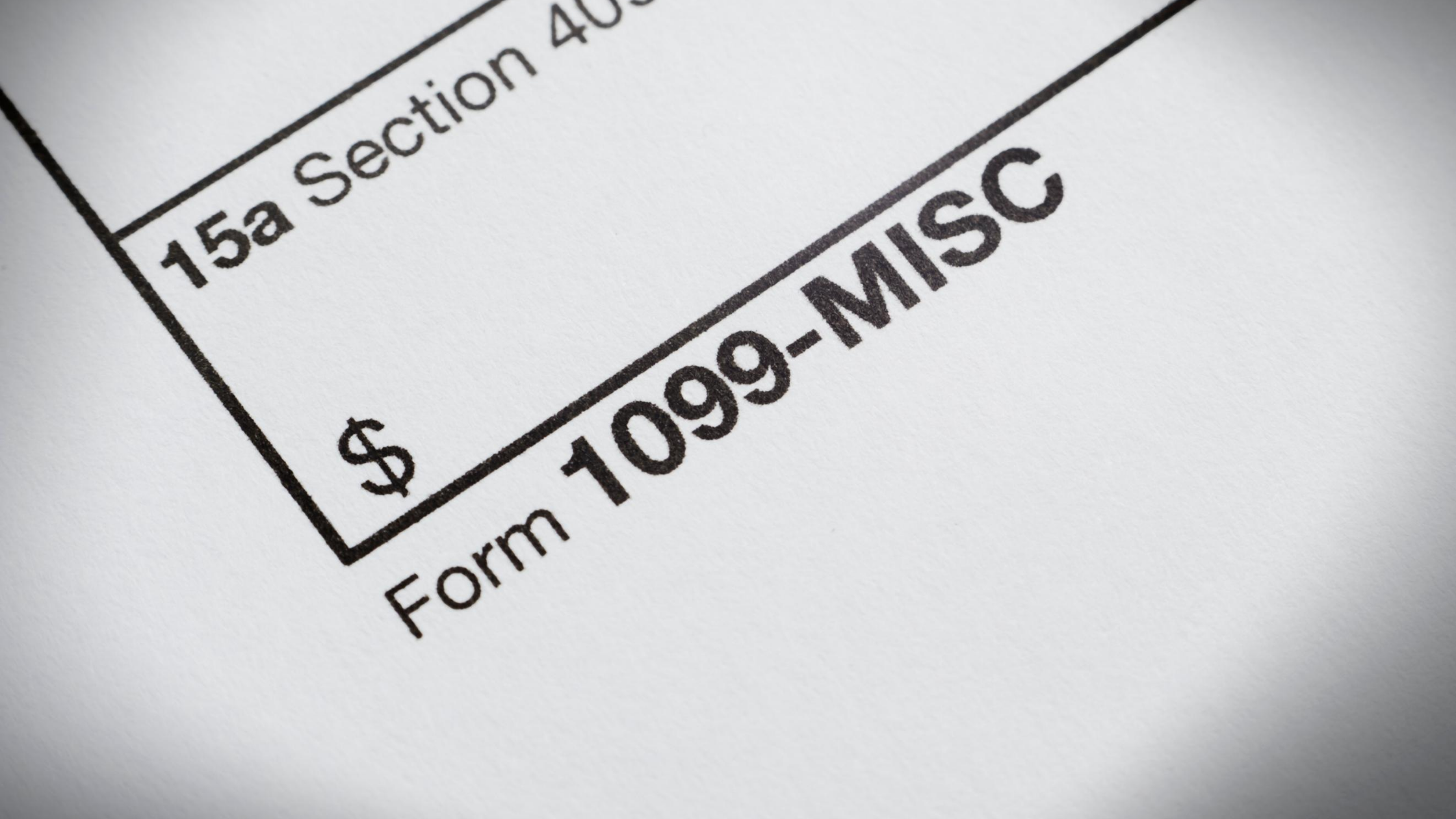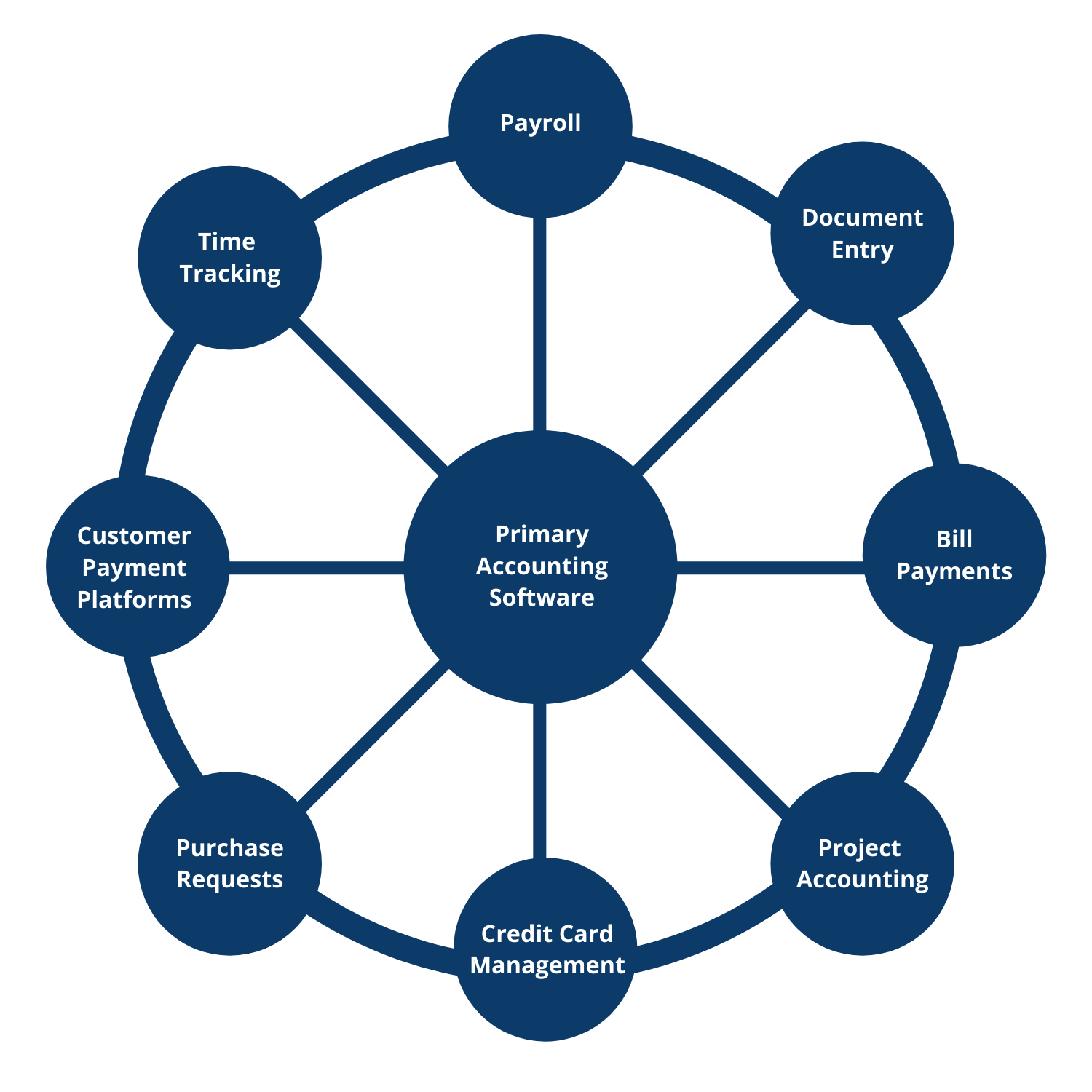In its simplest terms, a budget is a realistic estimate of future revenues and expenses. This is an important exercise for a business to do at least annually just prior to the new year. Budgets should include your normal operating revenues and expenses, but also factor in capital improvements, staff additions, infrastructure investments (like software or equipment), and other long-term purchases. A great budget allows the team to plan future expenditures that align with the mission and vision of the organization.
Here are 6 considerations when creating a budget
-
Start with last year
- While it may be tempting to think you know all the expenses, the best way is to begin a draft budget with last year’s numbers. From there, all known changes are made. For example, your payroll may be higher this year than last year due to an increase in staff. Thus, you would increase payroll expense in the budget. Another example is revenue. If you picked up several clients at the end of the year, you would want to use the end of year revenue numbers as your baseline heading into the current year budget.
-
Set departmental spending
- As your organization grows, you likely have multiple people involved in the spending and oversight processes of your finances. The best thing you can do is give them ownership of their spending. Give them a set amount of money per year to spend that fits in the overall budget and the mission of the organization. Have them own that amount during the budget process, but also hold them accountable for it during the year.
-
Use realistic estimates, not goals
- The reason you set your budget at realistic estimates is because the budget is used for planning purposes. A goal is what you are shooting to reach and likely is a stretch from where you are. It’s great to have goals, but not when you’re using the budget to plan expenses.
-
Plan for major purchases
- The mission and growth of your organization play a key role in this section. A growing business may want to plan future equipment purchases or infrastructure purchases. Another organization may want to increase staffing or add an addition to the office space. The budget will help you determine what you can and can’t afford. When the time comes for the purchase, you will be financially prepared and at peace about it.
-
Set revenue goals outside the budget
- Revenue goals are vital for continued growth and process improvement. Outside the budget process, sit down with your lead team and discuss where you want the business to go. Set targets that will stretch you and force you to creatively solve problems. However, these goals should be monitored separately from the budget during the year.
-
Monitor, Review, Tweak
- Once the budget is completed, it is important to review the budget regularly against your actual performance. You may find you overspent in one area but underspent in another. It gives you the information to know where the finances are drifting from the original plan and allows you to adjust in real-time.
.png?width=755&name=Copy%20of%20enSYNC%20-%20Blog%20CTA%20-%20Nonprofit%20Accounting%20Software%20That%20Powers%20Your%20Mission%20(1).png)









































